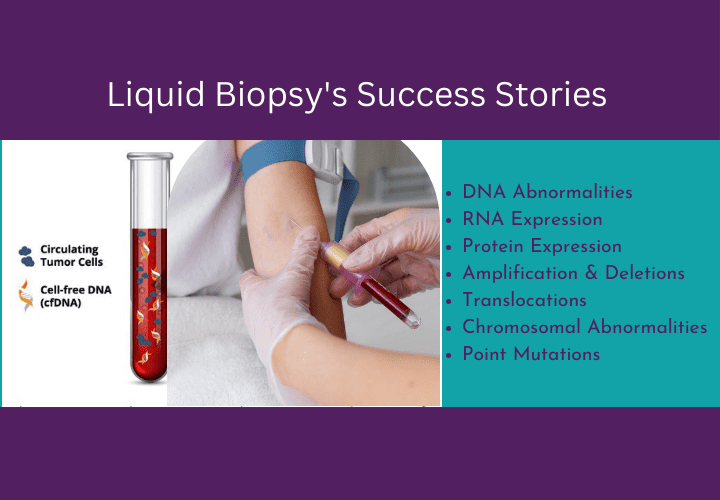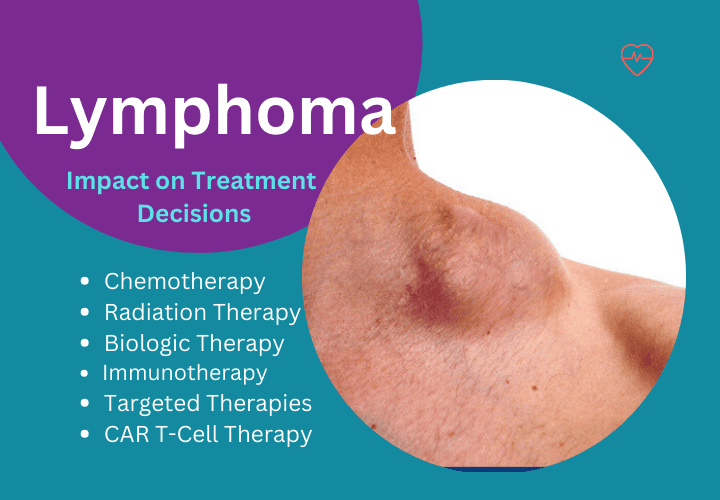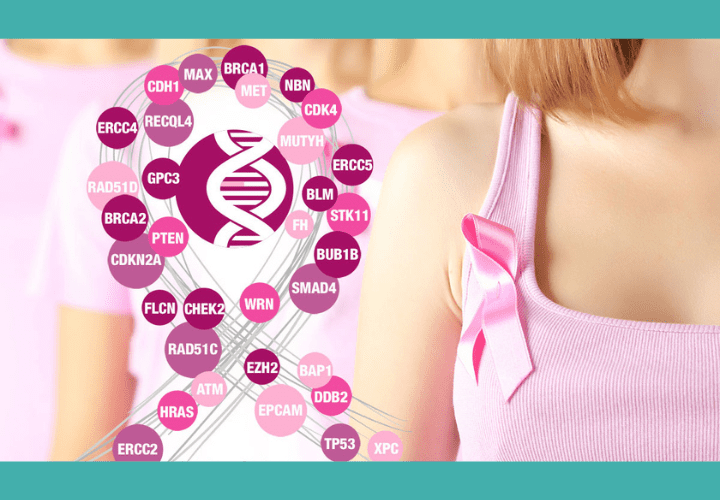What is the success rate of Liquid Biopsy?

What is the success rate of Liquid Biopsy?
- onco
- February 13, 2024
Innovations in modern medicine are not only essential milestones but also lifelines. One innovative method that has gained popularity as the field of oncology develops is liquid biopsy. This creative method has completely transformed how cancer hospital diagnose and treat cancer. Here, we’ll delve into the realm of liquid biopsy in oncology, illuminating its efficacy and influence on the oncology field, with a particular emphasis on a Delhi oncology hospital in this blog post.
Overview of Liquid Biopsies in Oncology:
Conventional cancer diagnosis frequently entails invasive techniques, like tissue biopsies, which can be risky and uncomfortable. On the other hand, liquid biopsy provides a non-invasive substitute that has revolutionized the oncology field. However, what is liquid biopsy exactly?
A state-of-the-art diagnostic method called liquid biopsy that examines different parts of a patient’s body fluids, primarily blood, to look for signs of cancer. It has drawn a lot of attention because of its capacity to identify genetic mutations that inform individualized treatment plans, track treatment responses, and detect cancer at an early stage.
Liquid Biopsy’s Success Stories:
It is truly unique how well liquid biopsy has worked in the field of oncology. Because it is non-invasive, cancer can be detected early, frequently before symptoms appear, improving the prognosis and likelihood of a successful outcome. This is particularly important when performing traditional biopsies might be risky or impractical.
The detection of Circulating Tumor Cells (CTCs) or circulating tumor DNA (ctDNA) is one of the primary uses of liquid biopsy. Through the use of sophisticated molecular techniques, it is possible to identify and analyze these minuscule pieces of tumor DNA or actual cancer cells released into the bloodstream. Here, we’ll discuss how liquid biopsy has shown promise in a number of important domains:
- Early Detection: Liquid biopsy has demonstrated potential for early cancer detection, even before the disease manifests itself on imaging scans. This early detection can considerably enhance patient outcomes.
- Treatment Monitoring: Oncologists can track patients’ reactions to cancer treatments in real-time by using liquid biopsy. This makes it possible to optimize therapy by making timely modifications to treatment plans as needed.
- Tailored Treatment: Liquid biopsy-identified genetic mutations enable oncologists to customize treatment regimens to the unique genetic profile of each patient, improving the chances of favorable results.
- Minimal Risk: Compared to traditional biopsies, liquid biopsies are less invasive, which lessens patient discomfort and possible complications.
New developments at the Delhi Oncology Hospital:
The oncology hospital in Delhi has welcomed liquid biopsy as a revolutionary tool in the fight against cancer. Here, we’ll discuss how this facility is using liquid biopsy to enhance patient care in the following ways:
- Early Detection Programs: Liquid biopsy is a standard screening tool in the hospital’s extensive early detection programs. Because of this proactive approach, cancer has been detected in its earliest, most curable stages.
- Treatment Personalization: The hospital has been able to offer individualized treatment regimens that take into account the distinct genetic composition of every patient’s cancer by incorporating liquid biopsy into their diagnostic procedure. Better results and more effective treatments have resulted from this customized approach.
- Research and Development: The Delhi hospital actively participates in liquid biopsy-related research and development projects. This dedication to innovation guarantees that patients will profit from the most recent developments in this area.
- Patient Education: A primary focus of the Delhi Oncology Hospital is patient education. Providing patients with information about liquid biopsy and its possible advantages enables them to take charge of their healthcare and make educated decisions.
Liquid biopsy’s promising success rate:
Liquid biopsy is proving time and time again that it has the potential to revolutionize cancer diagnosis and treatment, even though its success rate varies based on variables like cancer type, stage, and technology. Studies and clinical trials are still being conducted to confirm the effectiveness of this novel strategy.
According to preliminary research, liquid biopsies may be able to identify cancer with a high degree of specificity and sensitivity. For instance, liquid biopsy has demonstrated a sensitivity of roughly 70% to 90% in lung cancer cases, which is quite promising for a non-invasive diagnostic tool. Prostate, colorectal, and breast cancers have shown encouraging outcomes that are comparable to this.
Furthermore, liquid biopsy is successful for purposes other than diagnosis. Liquid biopsy monitoring of treatment responses enables oncologists to promptly modify therapy, thereby mitigating the risk of treatment resistance and disease progression. This real-time monitoring could significantly increase the success rate of cancer treatment.
Obstacles and Prospective Paths:
Even though liquid biopsy has a remarkable success rate in oncology, it’s essential to recognize the difficulties that still need to be overcome. The field of liquid biopsy is fast developing, and some things still need to be studied and improved upon:
- Standardization: The broad acceptance and dependability of liquid biopsy analysis depend on the use of consistent and standardized procedures.
- Cost-Effectiveness: Efforts are being made to make liquid biopsy more accessible to a wider range of patients, but as with any innovative technology, cost-effectiveness is still a factor.
- Validation: More investigation and validation research are required to improve liquid biopsy’s sensitivity and specificity across various cancer types.
- Education: To make well-informed decisions about the use of liquid biopsy, patients and healthcare professionals need to be informed about the advantages and restrictions of the procedure.
In summary, the remarkable progress that medical science has made in the fight against cancer is demonstrated by the success rate of liquid biopsy in the field of oncology. It has the potential to completely transform cancer care due to its capacity to identify cancer at an early stage, track treatment outcomes, and customize treatment regimens. The adoption of this cutting-edge technology by top oncology hospitals in Delhi and across the globe bodes well for better patient outcomes and a more optimistic prognosis for cancer patients. So, if you are also suffering from cancer and want to detect it at an early age through this technique. In that case, you should consult Oncoplus, the finest cancer hospital that deals with all types of cancer and offers top-notch cancer treatments using cutting-edge technology.
Visit Here For More Blog:
https://www.oncoplus.co.in/how-surgery-helps-people-with-brain-tumors-and-epilepsy/
https://www.oncoplus.co.in/neurological-disorders-a-comprehensive-guide-to-diagnosis-and-management/
https://www.oncoplus.co.in/5-warning-signs-of-prostate-cancer/
https://www.oncoplus.co.in/cancer-diagnosis-10-tips-for-coping/
Recent Posts
-
Signs of Stomach Cancer: Diagnosis and Treatment
April 18, 2024
-
The challenge of young women with breast cancer
March 5, 2024





Leave a Reply